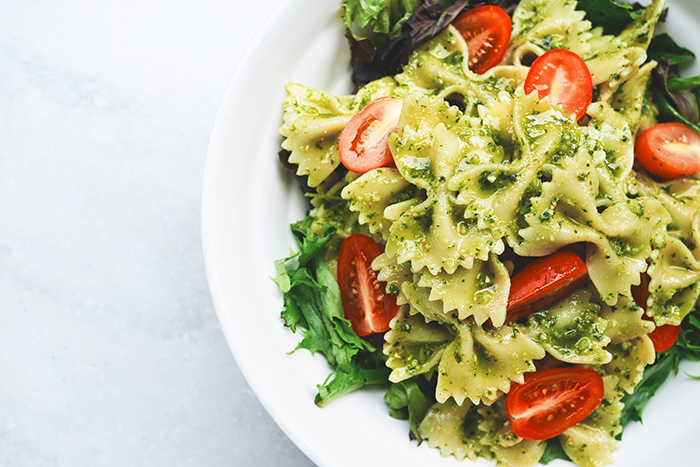In April of this year, the EUTA team measured leftover food, more precisely the amount of the main meal that children do not eat, in 4 elementary schools in Belgrade, Valjevo, Loznica and Arilje, which is a continuation of the research done by colleagues from the Faculty of Economics on the Strength2Food project, with 4 elementary schools schools in Belgrade in 2017.
The results of these measurements showed that unequal amounts of meals are served in schools, both in schools that have a different number of meals and in those that serve the same number of meals in one day. For example, the average portion of beans per child can vary from 161g in Anta Bogićević elementary school in Loznica to 309g in Zdravko Jovanović elementary school in the vicinity of Valjevo.
The leftover food that the children do not eat also varies, but at the level of these 4 schools, it amounts to an average of 32.9%, which means that a third of the food that schools buy through the public procurement system is thrown away. Seen from the point of view of the parents’ budget, a third of the money that parents set aside for feeding their children in schools is wasted.
In those schools where there are larger portions, as a rule, there are also larger leftovers. This is visible in the example of Danilo Kiš Elementary School from Belgrade, where the average size of the main meal is 230g, and Anta Bogićević Elementary School from Loznica, where the average portions are at least 188g. However, in the first school there are also the largest leftovers of the main course, 46.3%, while in the school in Loznica, only 12.1% is thrown away, so it turns out that the children at the Anta Bogićević school eat more food for lunch (165.8g on average) than the children at the Danilo Kiš school ( 118.1g).
Looking at different food categories, the smallest leftovers are desserts, and the largest leftovers are bread, as much as 46.25%, which means that almost half of the purchased bread ends up in the bin.


